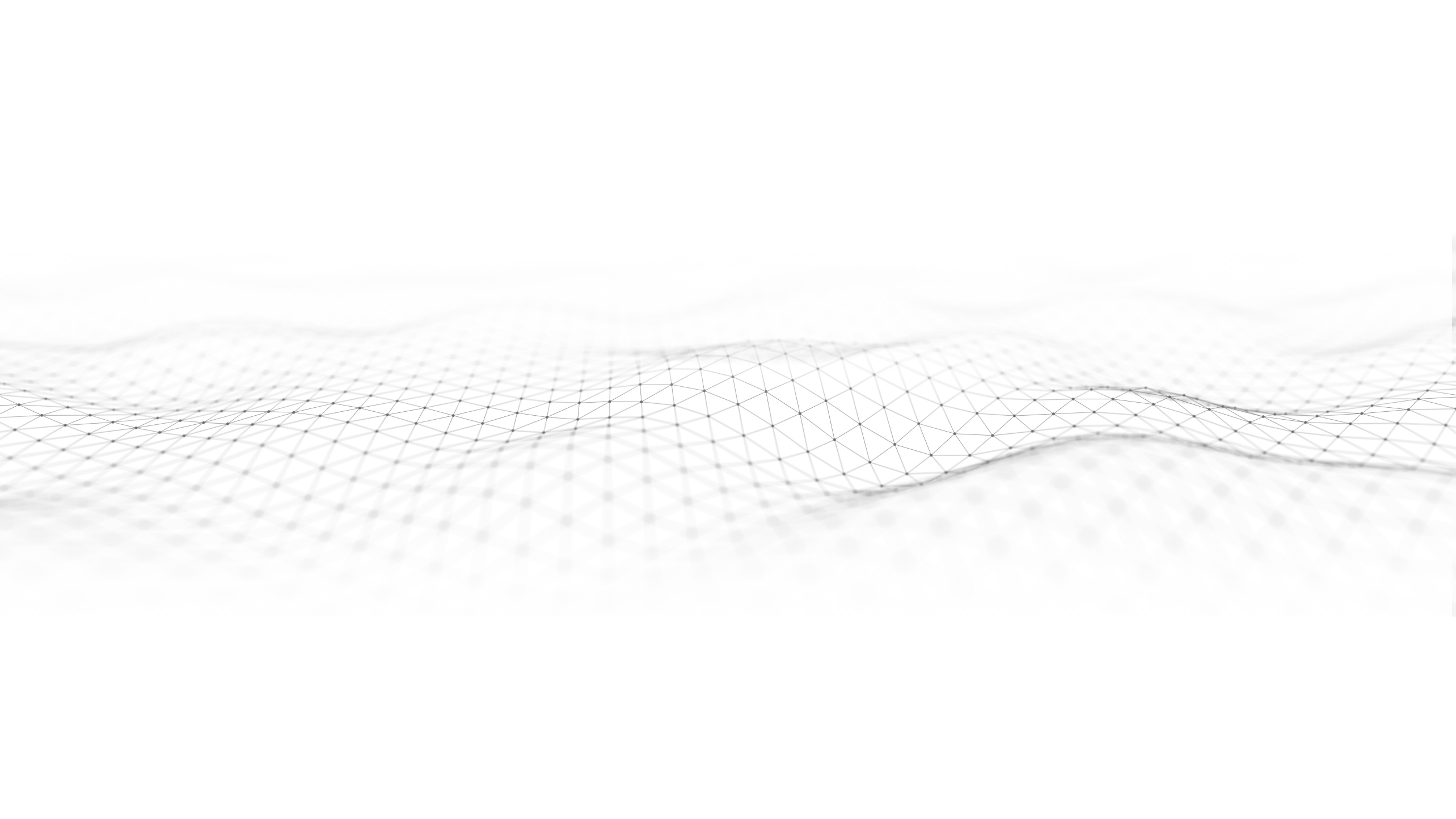Digital advertising today offers more choices than ever—but two platforms still reign supreme: Google Ads and Facebook (Meta) Ads. Choosing the right one isn’t about preference—it’s about matching platform strengths to your goals, your market, and your resources. Whether you’re along the Wasatch Front or anywhere in the Beehive State, here’s how to pick the right mix—and how a PPC management team in Utah like Infogenix ensures every click works harder for your business.
Quick-Glance Comparison
| Aspect | Google Ads | Facebook Ads |
|---|---|---|
| User Mindset | Intent-driven: “I need this now” | Browsing, discovery, social proof |
| Targeting | Keywords, location, device, time | Demographics, interests, behaviors, lookalikes |
| Ad Formats | Text, Shopping, Display, YouTube, Performance Max | Image, video, carousel, lead forms, Reels |
| Speed to Market | Fast with proper bids & Quality Scores | Quick launch, but needs learning cycles |
| Budget Profile | Higher CPC, stronger purchase intent | Lower CPC, broader reach |
| Funnel Stage | Mid-to-bottom (demand capture) | Top-to-mid (demand generation & nurture) |
| Best KPIs | Leads, calls, sales, store visits | Engagement, audience growth, remarketing |
Both platforms evolve rapidly, making local marketing insight essential. Infogenix combines deep Utah market knowledge with up-to-date campaign strategies to deliver consistent, high-impact results.Infogenix+11Infogenix+11Infogenix+11
Why Utah’s Local Context Matters
Utah is young, tech-first, and mobile-heavy. Whether it’s SaaS corridors in Lehi/Draper, tourism surges in Moab/Park City, or local searches for family services—targeting by ZIP code or neighborhood can dramatically stretch ad budget performance. Facebook groups and local events continue to drive referrals in ways national metrics often miss.Infogenix+1
When Google Ads Outperform
- High-Intent Local Searches
Businesses like “dentist Ogden” or “gear shop Moab” win when they appear just as locals search; Location, Call, and Sitelink extensions are critical capture tools. - B2B & SaaS Lead Generation
Precision keyword targeting reaches decision-makers; Google Ads integrates cleanly with CRM systems and ROI tracking. - Seasonal Tourism Campaigns
Hotels and outfitters can concentrate ad spend during peak booking windows with bid modifiers and scheduled targeting. - Performance Max & YouTube Reach
Google’s automation extends your reach across search, maps, YouTube, and Gmail—keeping your messaging visible through the entire customer journey.
When Facebook Ads Outshine
- Story-Driven Consumer Brands
Brands with lifestyle appeal—like outdoor gear makers or local food producers—benefit from rich visuals and social sharing. - Events & Community Engagement
Festivals, open houses, and local gatherings can gain organic traction, which paid promotion further amplifies. - Lookalike Audience Growth
Use seed data to reach broader, similar Utah audiences—even before they ever search for your products. - Seamless Lead Capture
Lead forms and Messenger interactions allow prospects to inquire without leaving Facebook—ideal for realtors, contractors, and local services.
Budget & Resource Considerations
- Cost Structure
Google typically commands higher CPC but converts; Facebook is more affordable but requires nurturing. - Creative Needs
Facebook campaigns demand fresh visual or video assets; Google favors compelling copy combined with strong landing experiences. - Learning Curve
Facebook’s algorithm needs time to optimize; Google rewards relevance and ad-to-page consistency from the outset.
Smart campaigns use both platforms in tandem—leveraging the best of each throughout the funnel.
Building an Integrated PPC Funnel
- Spark Interest on Facebook – Use eye-catching visuals or video to introduce your brand.
- Retarget via Google Display & YouTube – Reach those who engaged earlier with gentle reminders.
- Seal the Deal on Search – Trigger ads like “roof repair Sandy Utah” when search interest peaks, reinforcing earlier touchpoints.
- Loop Insights Back In – Feed search-term performance back to refine Facebook targeting and creative.
This closed-loop approach amplifies each ad dollar over time.
Five Key Questions to Define Your Platform Strategy
- Where is your audience in the purchase journey?
- Do you have compelling visuals or offer mainly transactional content?
- How fast do you need leads or sales?
- Can you refresh creative weekly?
- Can you track conversions—via calls, forms, or visits?
Often, Utah businesses find sequencing both platforms—rather than choosing just one—delivers the strongest results.
Why Partner with a PPC Management Team in Utah
Managing Google and Facebook ecosystems is complex. Infogenix brings 25+ years of expertise and deep Utah market insight, all from our Orem-based team. We tailor strategies to regional behaviors and trends—not one-size-fits-all.Infogenix+13Infogenix+13Infogenix+13Infogenix
Our PPC Management Process
- Discovery: Learn your goals, audience, and current performance.
- Strategy: Align funnel stages with platforms and KPIs.
- Launch & Calibrate: Set up campaigns, deploy tracking, and roll out creative.
- Optimize: Weekly testing of ad copy, keywords, audiences, and placement.
- Report Clearly: You receive dashboards showing calls booked, forms filled, and visits driven.
Ready to Turn Clicks into Customers?
If you’re contemplating Google Ads, Facebook Ads—or both—Infogenix is ready to help. Request your free estimate or contact us today to develop a Utah-focused PPC strategy that delivers measurable results.


